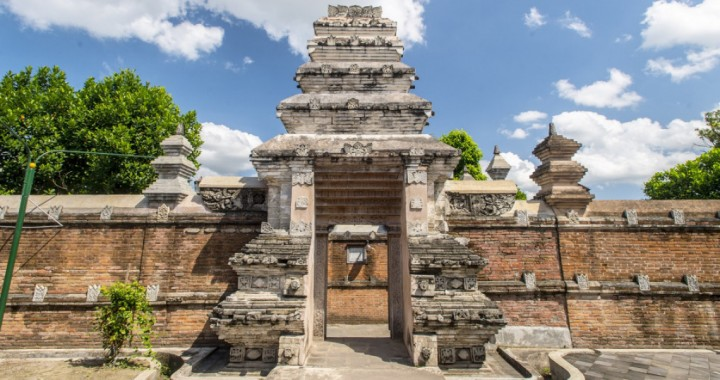
Kota Gedhe, located in the southeastern part of Yogyakarta, is an area rich in history and culture. As the former capital of the Mataram Sultanate, Kota Gedhe boasts a wealth of cultural heritage that has been preserved to this day. Exploring the cultural potential of Kota Gedhe means delving into the history, architecture, art, and traditions that make this area a significant cultural center in Yogyakarta.
History of Kota Gedhe
Kota Gedhe was founded in the 16th century by Panembahan Senopati, the founder of the Mataram Sultanate. As a center of government and culture in its time, Kota Gedhe witnessed many important historical events, including the struggle against colonial invaders. Today, the remnants of its past glory can still be found in every corner of Kota Gedhe.
Architecture and Historical Sites
One of the main attractions of Kota Gedhe is its traditional architecture. The royal cemetery complex is one of the most famous historical sites. This complex not only serves as the final resting place for the kingdom’s founders but also exemplifies magnificent traditional Javanese architecture. Its thick walls, grand gates, and characteristic Javanese carvings offer a glimpse into past splendor.
In addition to the cemetery complex, the Gedhe Mataram Mosque is also an important site that serves as a center for religious and cultural activities. The mosque was built with a blend of Hindu and Islamic architectural styles, showcasing the tolerance and cultural assimilation of the past. It remains actively used today and is a hub for various religious and traditional activities.

Kota Gedhe Silver Craft
Kota Gedhe is also renowned for its silver craftsmanship. Since colonial times, this area has been a center for silver production known for its quality worldwide. Many silver artisans in Kota Gedhe still use traditional techniques to create jewelry, ornaments, and various other products. Visitors can watch the silver-making process firsthand at various galleries and workshops scattered throughout the city.
Traditions and Arts
Beyond silver craftsmanship, Kota Gedhe is rich in local traditions and arts. Performances of wayang kulit (shadow puppetry), traditional dances, and gamelan music are still regularly staged at various cultural events. One tradition that is still preserved is the “Nyadran” ritual, a village cleansing tradition held annually to express gratitude and ask for blessings from the Almighty.
Kota Gedhe’s Culinary Delights
Exploring the cultural potential of Kota Gedhe would not be complete without sampling its traditional cuisine. One famous dish is “Kipo,” a sweet snack made from glutinous rice and coconut sugar. Another favorite is “Yangko,” a chewy cake made from glutinous rice flour. These traditional foods are not only delicious but also reflect the rich culinary traditions of the local community.
Preservation and Development
To maintain and develop the cultural potential of Kota Gedhe, various preservation efforts are ongoing. The local government, together with the community, actively organizes cultural activities, festivals, and educational programs for the younger generation. Conservation efforts for historic buildings and cultural sites are also a priority to ensure that this heritage can be enjoyed by future generations.
xploring the cultural potential of Kota Gedhe not only provides insights into the past but also inspiration for a richer and more diverse future. As a significant cultural center, Kota Gedhe continues to strive to preserve and develop its heritage to remain vibrant and evolving with the times.
